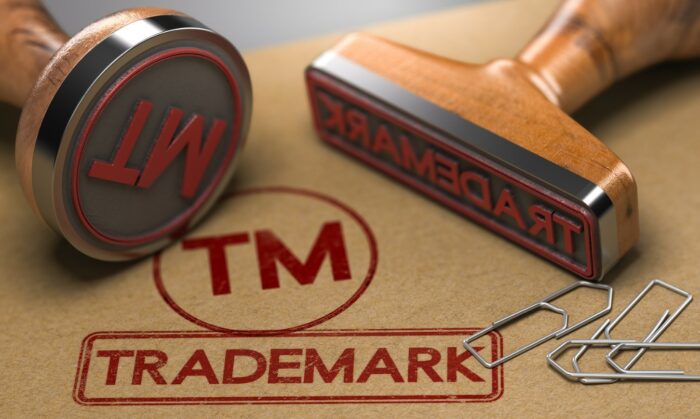Industrial Design
What is Industrial Design?
Industrial Designs are characteristics of a finished product that appeal to the eye. Shape, arrangement, pattern, and ornamentation applied to the marketed product, whether alone or in combination, are examples of such visual characteristics. By contrast, Industrial Design rights do no protect functional features of a product, manufacturing materials or methods of use. For example, the 3D design of a particular cellphone as a finished project is protectable by Industrial Design, but not the mechanism in which the cellphone operates. In the latter case, Patent or other forms of protection should be considered.
Copyright vs Industrial Design
Copyright and Industrial Designs are sometimes mistaken as offering comparable protection. However, in practice, these two forms of Intellectual Property rights are rarely simultaneously applicable. Copyright covers a wide range of literary, artistic, dramatic and musical works, some of which may be included into an article’s design, such as an aesthetic shape or image. Although Copyright protection might be applicable to the work when in the art form (a sculpture, painting or other graphic form), when the artistic work is applied to a functional article and 50 or more articles embodying the work are published (produced), Copyright protection may be lost.
Industrial Design in Canada
The owner of an Industrial Design must apply for a registered design in Canada. While the designer may be a proprietor, if the design was created under contract for another person, that person is the proprietor and legitimate applicant. If an employee creates a design while working for the company, the company owns the design. When hiring a firm to develop a new design or otherwise purchasing a design from someone else, care should be taken to acquire correct ownership of the design—such as through a formal assignment. Joint ownership should be considered when more than one author develops a design.
Learn more about our areas of practice





